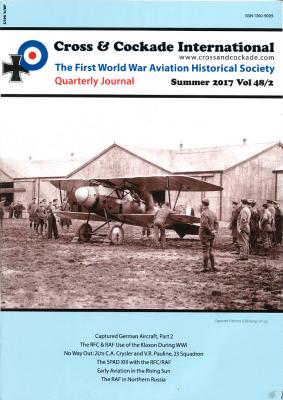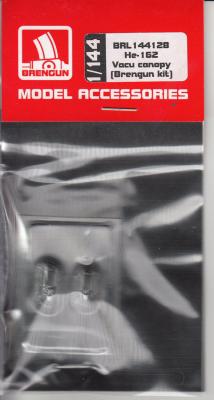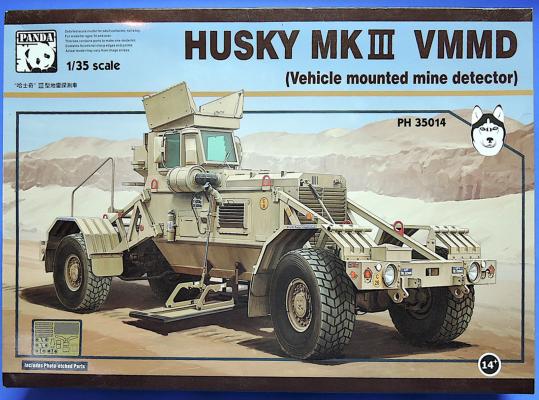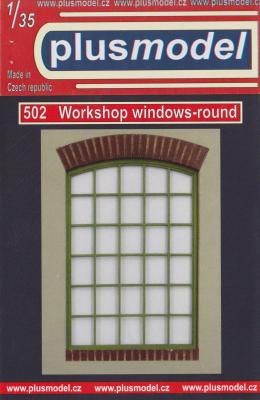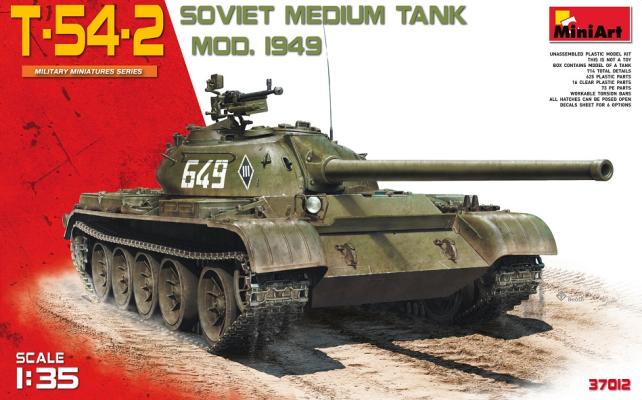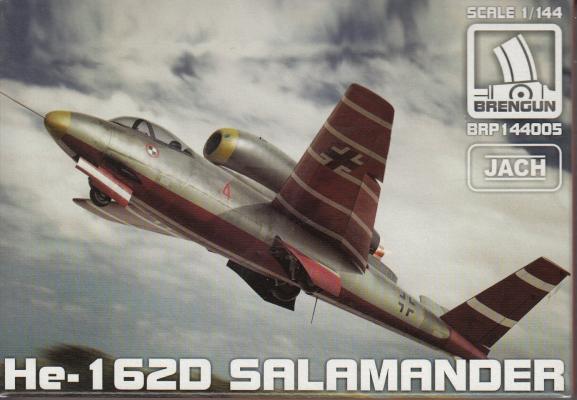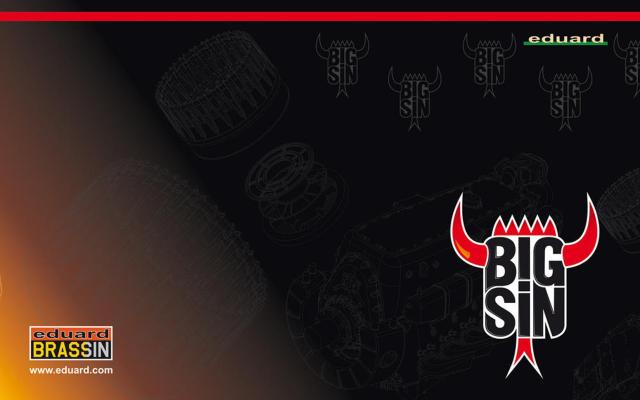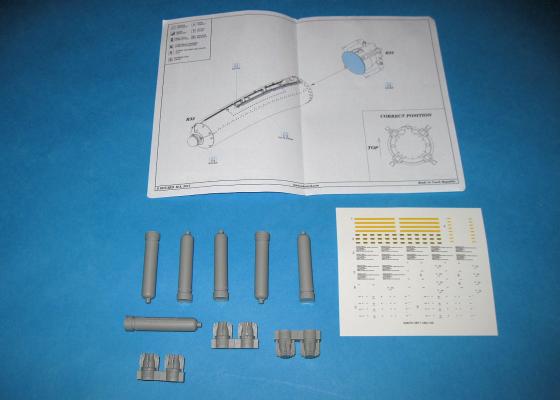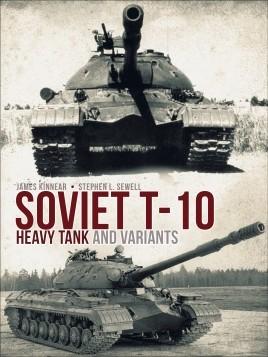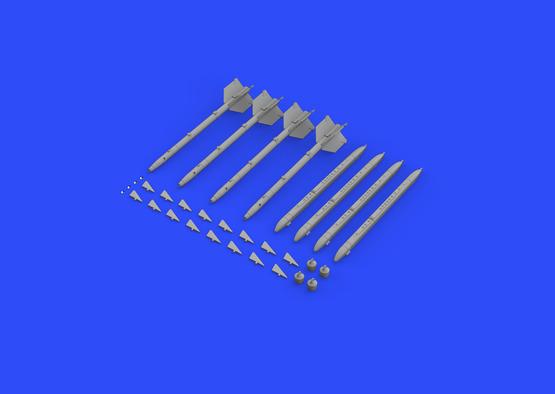The latest journal of Cross & Cockade International - Summer 2017, features a photograph of a captured Albatros G’56 being run up. The inside and outside rear cover features seven color profiles by David Méchin of aircraft in the Early Aviation in the Rising Sun article by David Méchin. If you check out the web site link above, you can get additional sample pics of the current issue.
Cross & Cockade International is a non-profit UK based group known as the First World War Aviation Historical Society that publishes their journal four times a year for an annual subscription of $35.35. They also provide a free newsletter (sign up on their website) and occasionally publish WWI themed books like the Sopwith Dolphin monograph I reviewed earlier for IPMS USA. This Journal is the sister of the US Journal, Over The Front.

